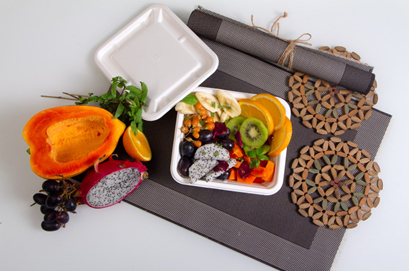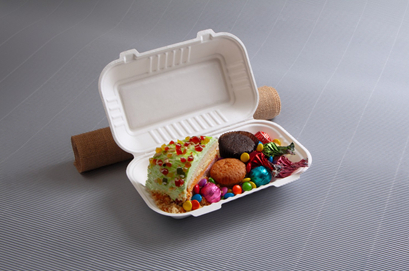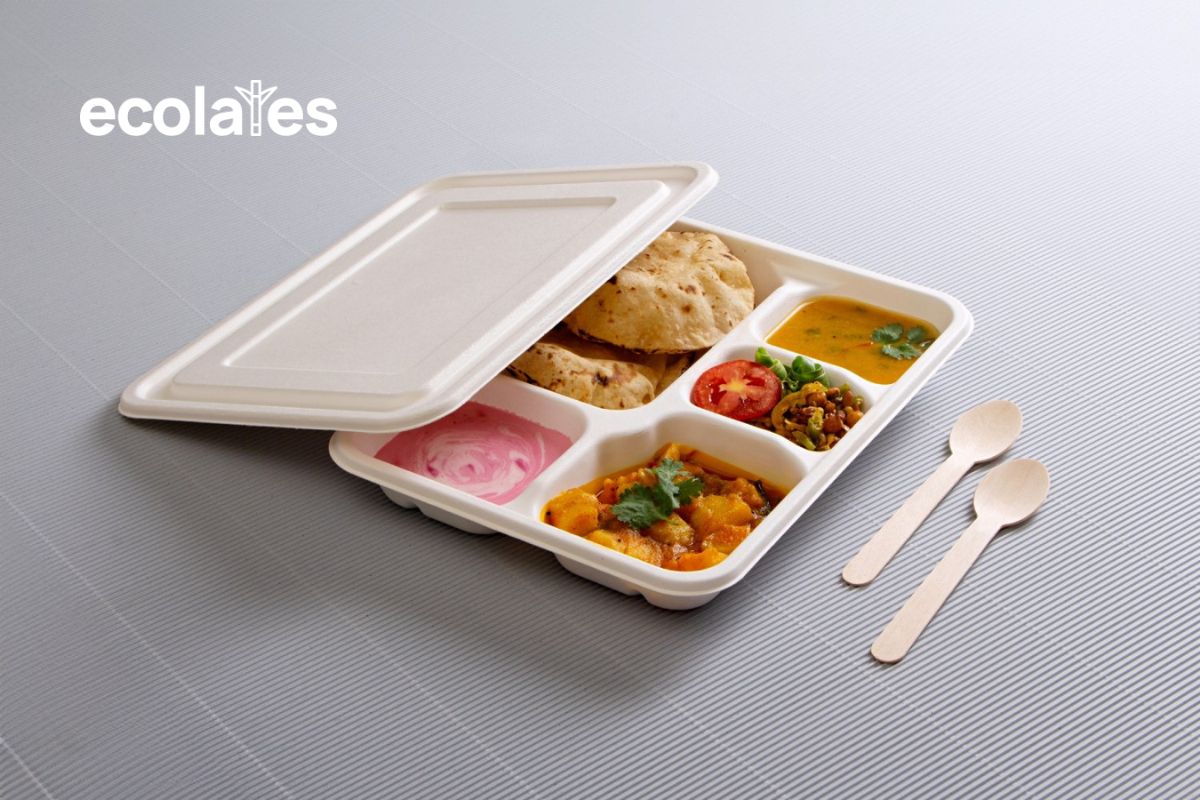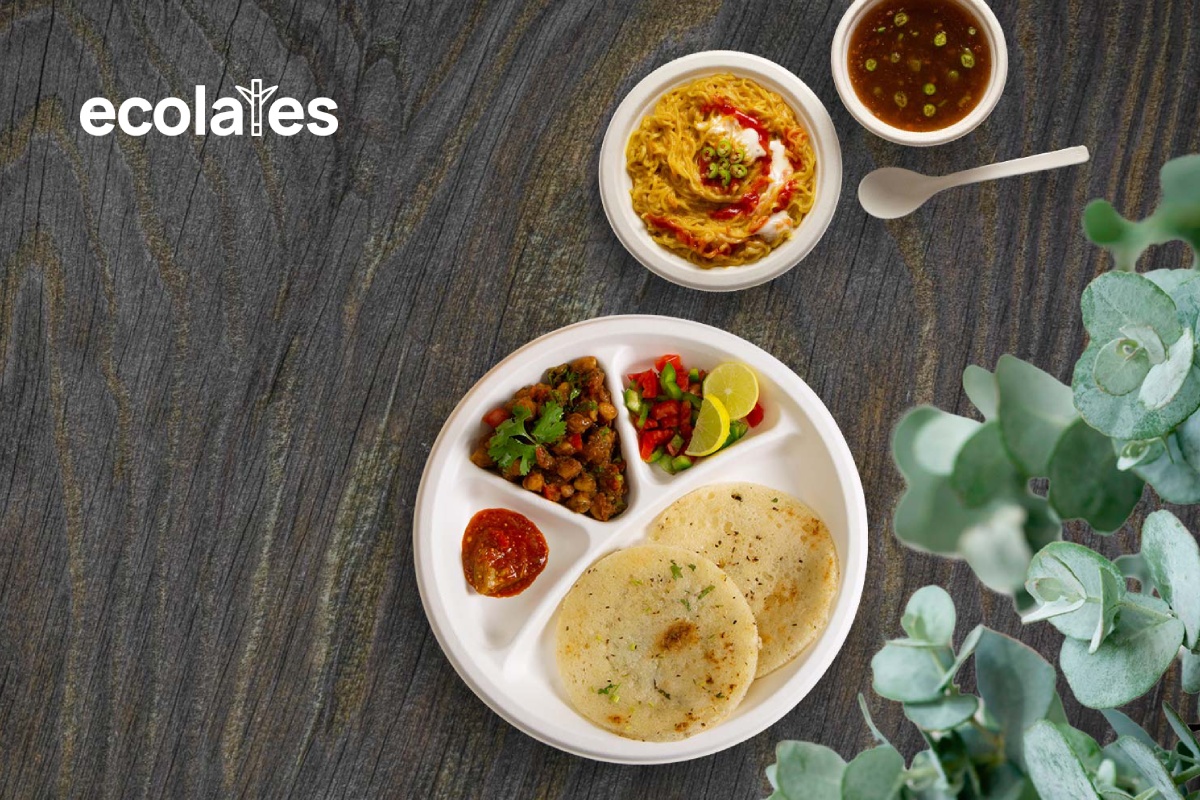Environmentally Friendly Material
Reduced Environmental Impact
Versatility
and Practicality
Sturdy and Durable
Compostable
Types Of Bagasse Containers
1. Takeout Containers:
Takeout containers are rectangular or square-shaped containers made from bagasse, designed specifically for packaging food items for takeout, delivery, or leftovers. They typically come with secure-fit lids to prevent spills and maintain food freshness during transportation.

Features
- Sturdy construction to hold a variety of food items securely.
- Leak-resistant design to prevent sauces or liquids from seeping out.
- Microwave and freezer safe, allowing for easy reheating and storing of leftover food.
- Available in different sizes to accommodate various portion sizes and types of dishes.
- Eco-friendly alternative to traditional plastic takeout containers, as they are made from renewable sugarcane fibers.
2. Cam Shell Containers:
Cam shell containers, also known as hinged-lid containers, feature a clamshell design with a hinged lid that allows for easy opening and closing. These containers are commonly used for serving hot or cold meals on-the-go, such as sandwiches, salads, or entrees.

Features
- Convenient and portable design, making them ideal for takeout, food delivery, or outdoor events.
- Secure closure with the hinged lid, preventing spills and keeping food fresh.
- Durable construction to withstand handling during transportation.
- Heat-resistant properties, suitable for serving hot foods without warping or deforming.
- Compostable and biodegradable, offering an eco-friendly alternative to single-use plastic containers.
In conclusion, bagasse containers are revolutionizing eco-friendly packaging by offering a sustainable, versatile, and practical alternative to traditional plastic containers. By choosing bagasse containers, businesses and consumers can reduce their environmental impact and contribute to a greener, more sustainable future.



